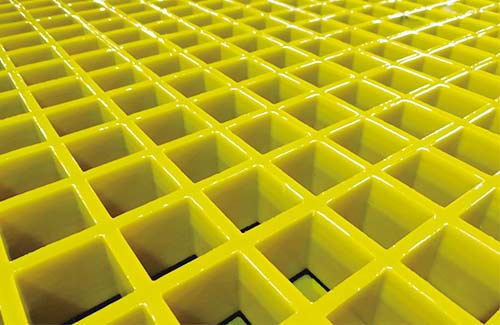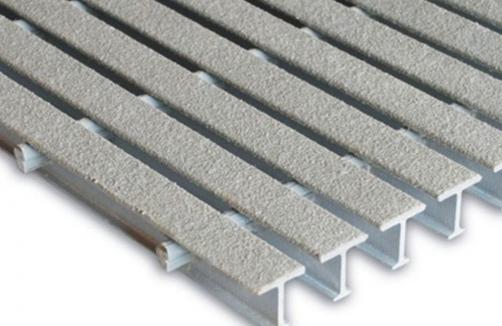Анализ цен и стоимости стеклопластиковых решеток: Исчерпывающее руководство
Fiberglass Reinforced Plastic (FRP) grating is a popular choice for industrial and commercial applications due to its durability, corrosion resistance, and lightweight nature. However, one of the primary concerns for businesses considering FRP grating is its cost. Understanding the factors that influence FRP grating prices and how to optimize expenses can save both time and money. This guide explores the key aspects of FRP grating pricing, common questions, and valuable insights for making informed decisions.
What Determines FRP Grating Prices?

The cost of FRP grating varies based on several factors, including material composition, design specifications, and manufacturing processes. Here are some critical elements that impact pricing:
- Качество материала – Higher-grade fiberglass and resin enhance durability but increase costs.
- Thickness and Size – Thicker grating or larger surface areas require more materials, raising prices.
- Настройка – Special designs, colors, or coatings add to the expense.
- Quantity – Bulk orders often come with discounted rates compared to small quantities.
- Manufacturing Complexity – Intricate patterns or additional features raise production costs.
Understanding these variables helps businesses estimate budgets accurately and choose the most cost-effective solution without compromising quality.
Common Questions About FRP Grating Pricing
How Much Does FRP Grating Cost Per Square Foot?
The price per square foot of FRP grating typically ranges from $10 to $50, depending on the factors mentioned above. Industrial-grade grating with enhanced features may cost more, while standard commercial-grade grating is more affordable.
Is FRP Grating More Expensive Than Steel Grating?
While FRP grating initially costs more than steel, its long-term benefits often justify the investment. FRP requires minimal maintenance, is corrosion-resistant, and has a longer service life, reducing overall lifecycle costs.
Can I Get a Discount for Large Orders?
Many manufacturers offer volume discounts for bulk purchases. Negotiating with suppliers or placing long-term contracts can lead to significant savings.
Optimizing FRP Grating Costs
To minimize expenses without sacrificing performance, consider these strategies:
- Стандартизация дизайна – Opt for off-the-shelf options where possible.
- Plan Ahead – Bulk ordering reduces per-unit costs.
- Compare Suppliers – Shop around to find the best deals and ensure quality.
- Evaluate Long-Term Savings – Factor in maintenance and replacement costs when comparing materials.
Обмен мнениями для принятия решений
When selecting FRP grating, it’s essential to balance cost with performance. For example, a construction company in coastal areas might prioritize corrosion resistance, justifying a higher investment in premium FRP grating. Similarly, a facility with heavy traffic may opt for thicker grating to ensure durability.
Sharing experiences and case studies with peers can also provide valuable insights. For instance, a manufacturing plant that switched from steel to FRP grating reported reduced maintenance costs and improved safety, demonstrating the long-term benefits of making the right choice.
Заключение
Understanding FRP grating pricing is crucial for making cost-effective decisions. By considering factors like material quality, customization, and quantity discounts, businesses can optimize expenses while ensuring reliable performance. Whether for industrial platforms, walkways, or access bridges, FRP grating offers a durable and cost-efficient solution when chosen wisely.
For those still researching, consulting with experts or reviewing supplier catalogs can provide further clarity. Investing time in due diligence now can lead to substantial savings over the grating’s lifespan.







